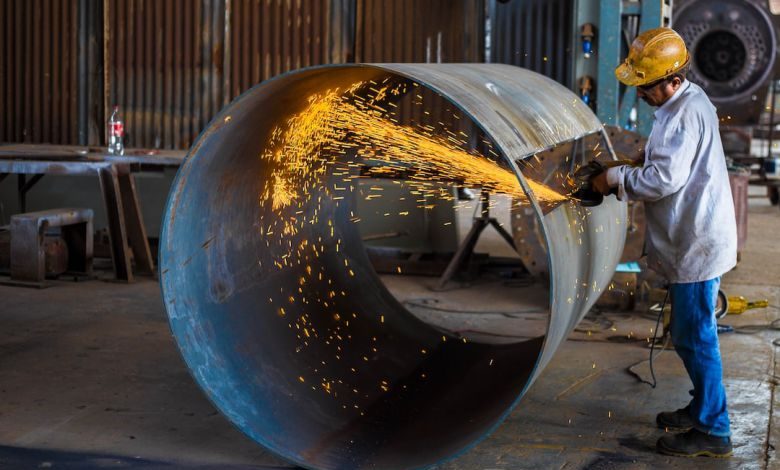Selecting the Right Tool for Cutting Metal

Cutting metal can be a challenging task, requiring the use of the right tool for the job. With a wide range of tools available in the market, it can be overwhelming to choose the best one for your specific needs. In this article, we will explore some of the key factors to consider when selecting a tool for cutting metal.
Types of Metal Cutting Tools
Before diving into the selection process, it is important to understand the different types of metal cutting tools available. The most common tools used for cutting metal include hacksaws, band saws, plasma cutters, and angle grinders.
Hacksaws
Hacksaws are simple handheld tools that use a fine-toothed blade to cut through metal. They are suitable for cutting small sections of metal and are popular for their affordability and ease of use. However, they are not ideal for cutting thick or hard metals.
Band Saws
Band saws are power tools that use a continuous band of toothed metal to cut through metal. They are versatile and can handle a wide range of metal cutting tasks. Band saws are particularly effective for cutting curves and irregular shapes. They are available in different sizes and can be used with various blade widths, making them suitable for both small and large-scale projects.
Plasma Cutters
Plasma cutters are highly efficient tools that use a high-temperature jet of ionized gas to cut through metal. They are capable of cutting through thick metals quickly and accurately, making them ideal for industrial applications. However, plasma cutters are more expensive compared to other cutting tools and require proper training to operate safely.
Angle Grinders
Angle grinders are handheld power tools that use a rotating disc to cut through metal. They are versatile and can be used for various metal cutting tasks, including cutting, grinding, and polishing. Angle grinders are available in different sizes and can accommodate different types of cutting discs, allowing for greater flexibility in cutting different metals.
Factors to Consider
When selecting a tool for cutting metal, several factors need to be taken into consideration:
1. Material: Consider the type of metal you will be cutting. Different metals have different hardness levels, and certain tools are better suited for cutting specific types of metal. For example, plasma cutters are ideal for cutting through thick metals, while hacksaws may be better suited for softer metals.
2. Thickness: The thickness of the metal will determine the type of tool you need. For thin metals, a hacksaw or band saw may suffice. However, for thicker metals, you may need a more powerful tool like a plasma cutter or angle grinder.
3. Precision: If precision is crucial, such as in intricate metalwork or fabrication, you may need a tool that offers greater control and accuracy, such as a band saw or plasma cutter. Angle grinders, on the other hand, may be better suited for rough cuts or removing excess material.
4. Safety: Consider the safety features of the tool and any additional safety equipment required. Some tools, like plasma cutters, produce sparks and require protective gear like gloves and goggles. Ensure you are familiar with the proper safety precautions before operating any cutting tool.
Conclusion
Selecting the right tool for cutting metal is essential for achieving accurate and efficient results. Consider the type of metal, thickness, precision requirements, and safety factors when making your decision. Whether you choose a hacksaw, band saw, plasma cutter, or angle grinder, ensure that the tool is suitable for the task at hand. With the right tool in hand, you can confidently tackle any metal cutting project with ease.




